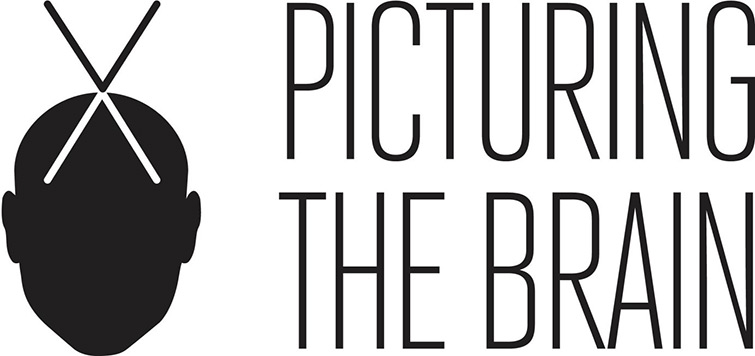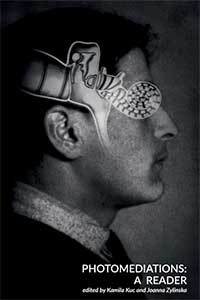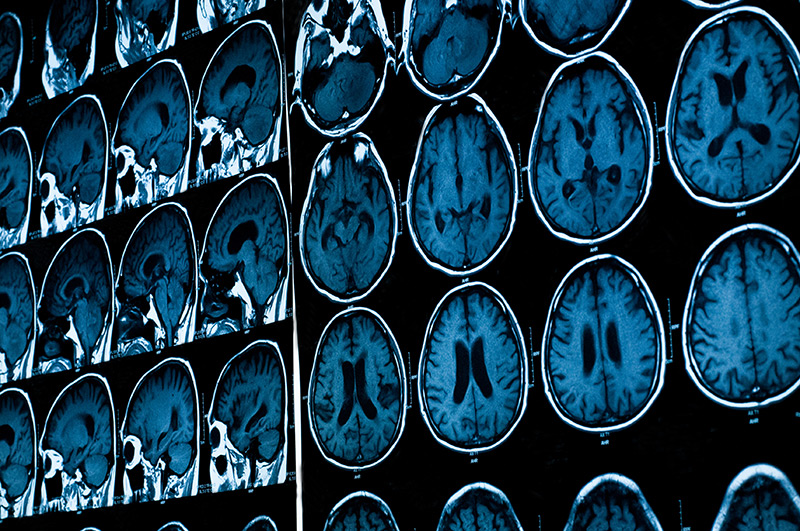Media acts Research group-Operative media
Operative media
In the contemporary digitized situation, media are increasingly being considered as performative and operative. These notions foreground the active and processual dimensions of media, associated with the ‘algorithmic turn’ (Uricchio 2011), or else, with the ‘navigational turn’ (Verhoeff 2012) in contemporary media culture. The current focus on relations, practices, and processes reflects a growing recognition of the shortcomings of representational models of knowledge and transmission models of communication. The new conceptual orientation is motivated by the conviction that it is more fruitful to analyze phenomena in terms of activities – doings and happenings – rather than in terms of static objects and things (Chang 2009).
Researchers
Operative media projects:
Marie Skłodowska-Curie project:
H2020-MSCA-IF-2014 Styles of Objectivity: Agency, Alignment, and Automation in Image-Guided Surgery (IMAGUS), 2015-2017
Advanced imaging technologies are currently transforming operating rooms into sophisticated augmented reality studios that explore recent developments in computer visualization, navigation applications, and robotic systems. The new imaging methods promise to increase precision and improve health outcomes. However, as medical diagnosis and therapy grow more dependent on images, the status and roles of these images become increasingly controversial. Image-guided applications reshape clinical practices, impact medical decisions, and transform the relationship between physician and patient. The objective of the project is to develop a new framework that accounts for the active role of images in surgical contexts, providing a systematic basis for handling the impact of these images and assessing their controversial aspects. The project pursues its goal through a collaborative and interdisciplinary effort that involves medical practitioners. It articulates the visual knowledge of medical practitioners by undertaking in-depth operational analyses of three image-guided technologies in current use: the 3D Slicer software application, the da Vinci surgical system, and the CyberKnife robotic radiosurgery system. The analyses introduce the notion of styles
of objectivity, which accounts for the key features of these applications, including agency, alignment, and automation, while acknowledging that images have a certain agency and that there is an inner connection between aesthetic and epistemic factors. A second objective of the project is to contribute to conceptual and methodological innovation through a two-way transfer of visual literacies across medicine and humanities/social science domains, by operationalising the visual knowledge of medical practitioners so that it can be fed into visual/media/science studies, and vice versa. This includes developing concepts for new ways of teaching the visual knowledge of medicine.
MSCA fellow:
Host:
Picturing the Brain: Perspectives on Neuroimaging (2010-2014)
Neuroimaging enjoys an increasing prominence, not only among medical doctors, neuroscientists and philosophers, but in society at large. Brain images are deeply compelling, and are claimed to provide windows into the living brain. Yet what these images really show remains a debated issue. The research project Picturing the Brain: Perspectives on Neuroimaging seeks to deepen our understanding of the epistemological roles neuroimaging technologies play in the conduct and communication of medicine and science. The primary objective is, more precisely, to develop a fine-grained understanding of socio-cultural and ethical issues that arise in relation to current applications of these technologies, as they are put to use as cognitive tools, as perceptual prostheses, and as visual rhetoric. To pursue this goal, we will carry out interactionist in-depth studies of the design and use of two key applications of neuroimaging, brain mapping and neuronavigation, proceeding from these to questions concerning computational brain modelling and simulation in science. The project will also investigate prospects and issues relating to the persuasive force of neuroimaging against the background of the current overwhelming demand for brain images. This includes exploring issues relating to neuroenhancement and to the ways that neuroimaging reframes the brain-mind relationship, fostering deep changes in how humans perceive themselves. The project is interdisciplinary and allows researchers with backgrounds in media studies, philosophy, digital media engineering, medical imaging, neuroscience, and creative arts to work together on specific tasks in varying configurations. The research is divided into three work packages focusing, respectively, on cognitive, prosthetic, and rhetorical functions of neuroimaging. A fourth package takes the form of a project laboratory for experimenting with different modes of integrating science, technology and society through artistic interventions.
The project was funded by the Research Council of Norway (ELSA program).
Principal investigator:
Participants:
PhD students:

Operative media publications:
Aud Sissel Hoel and Frank Lindseth:
”Differential Interventions: Images as Operative Tools” in Photomediations: A Reader (eds Kamila Kuc and Joanna Zylinska),
Open Humanities Press, 2016.


